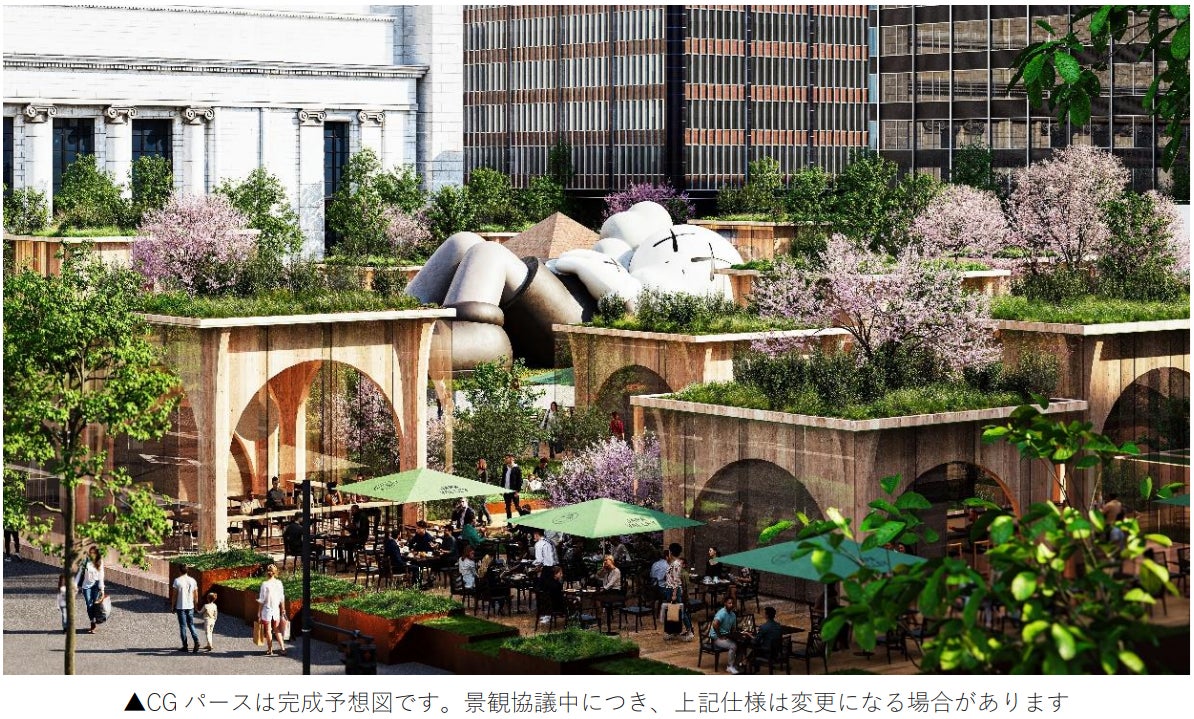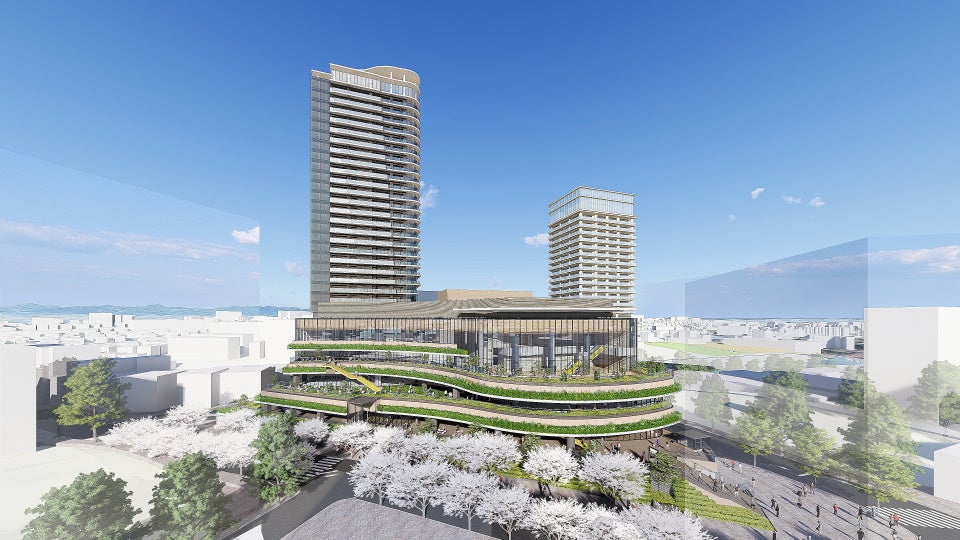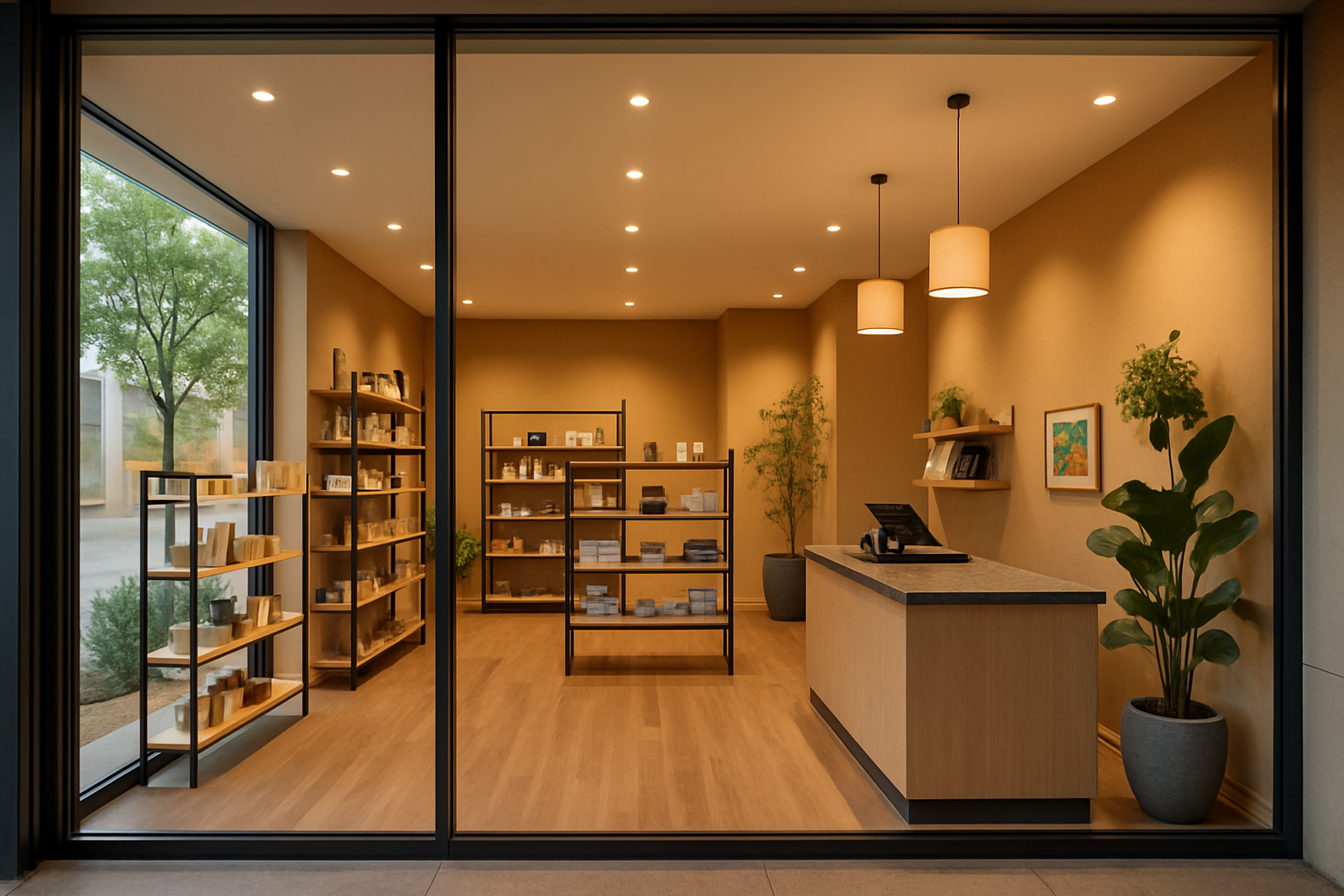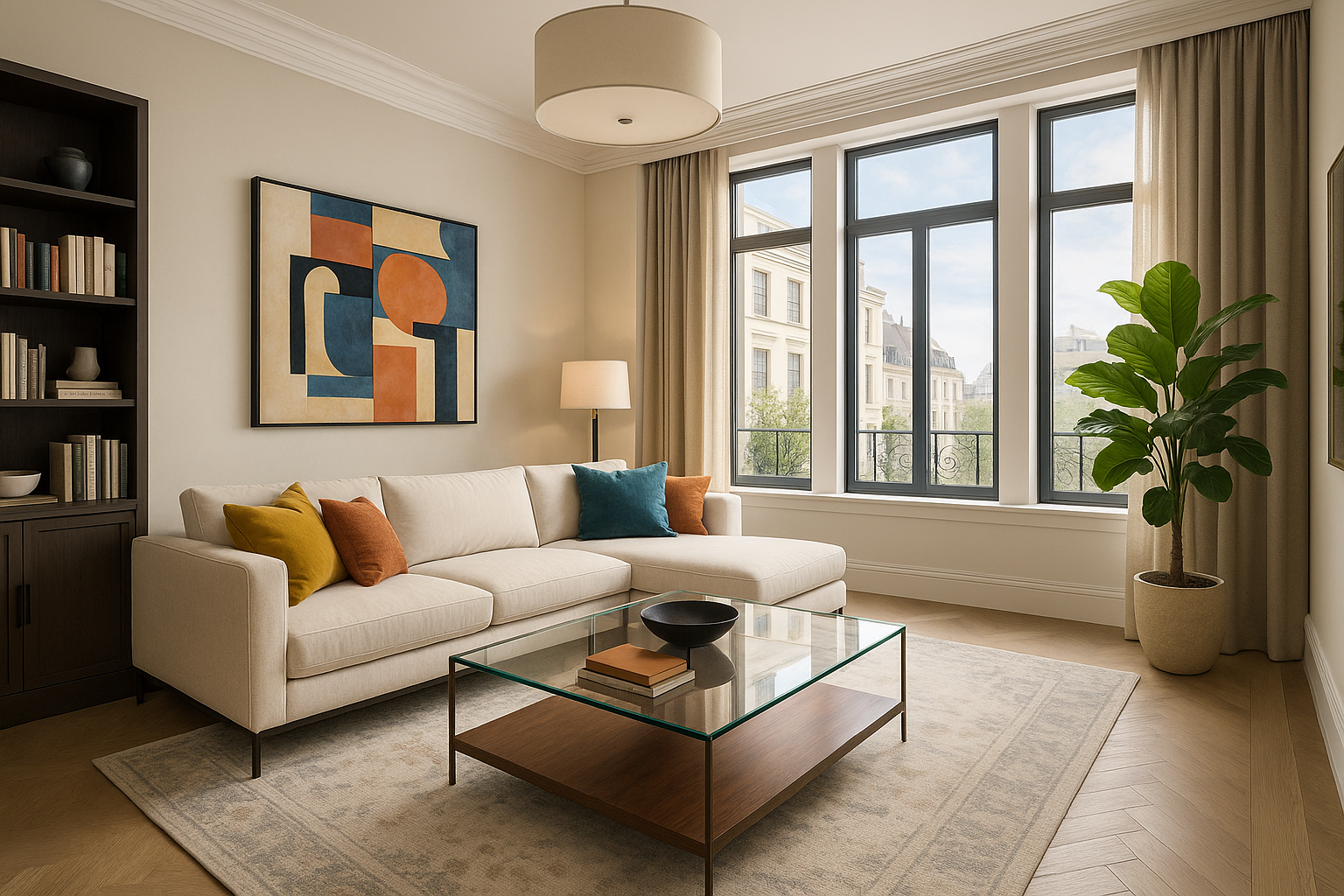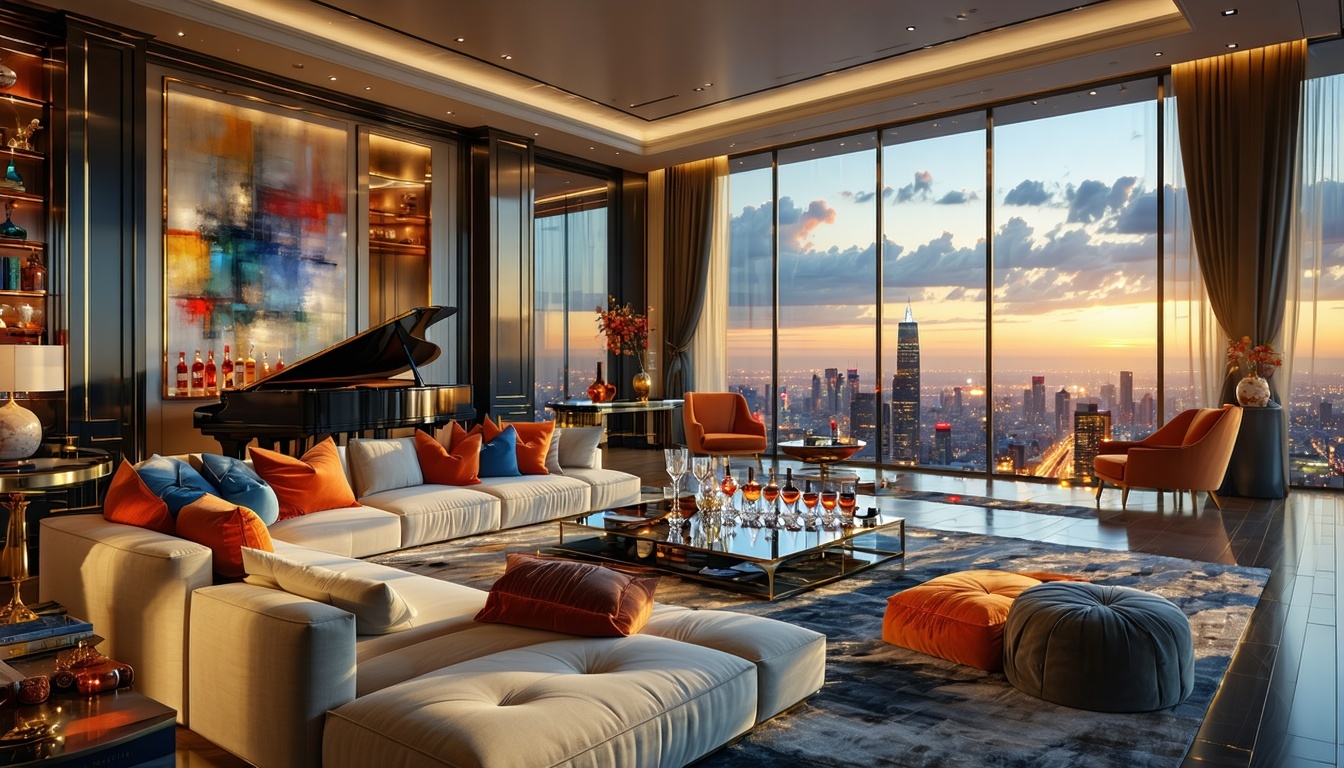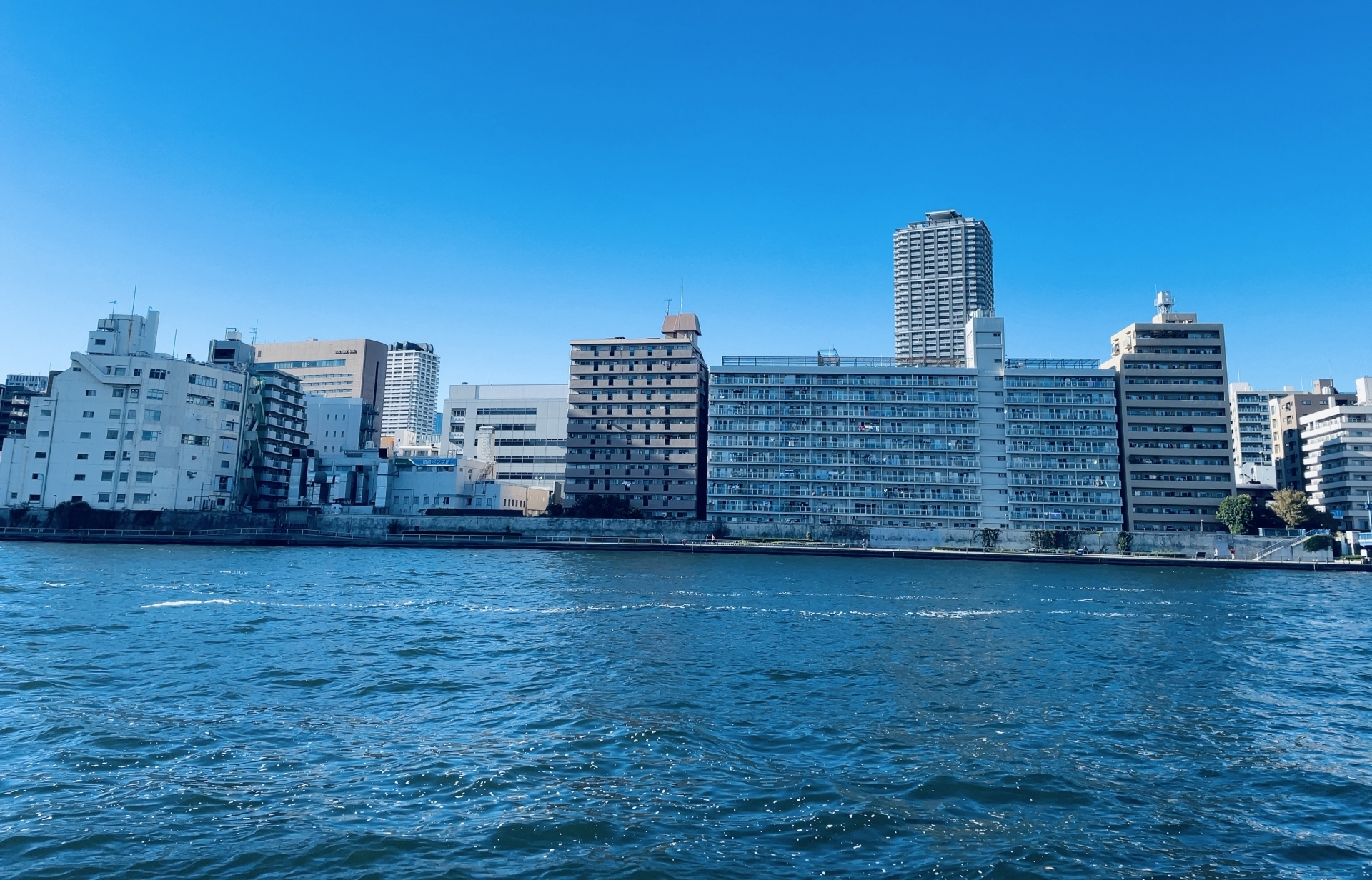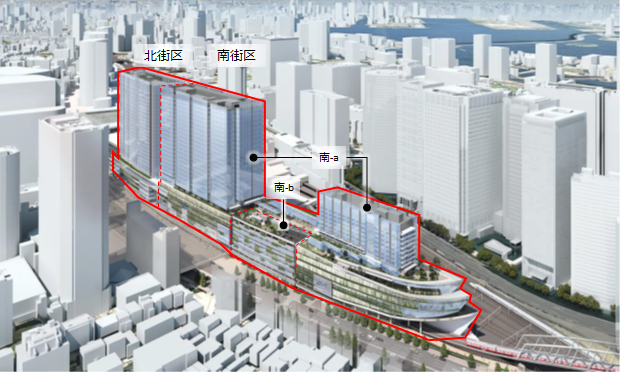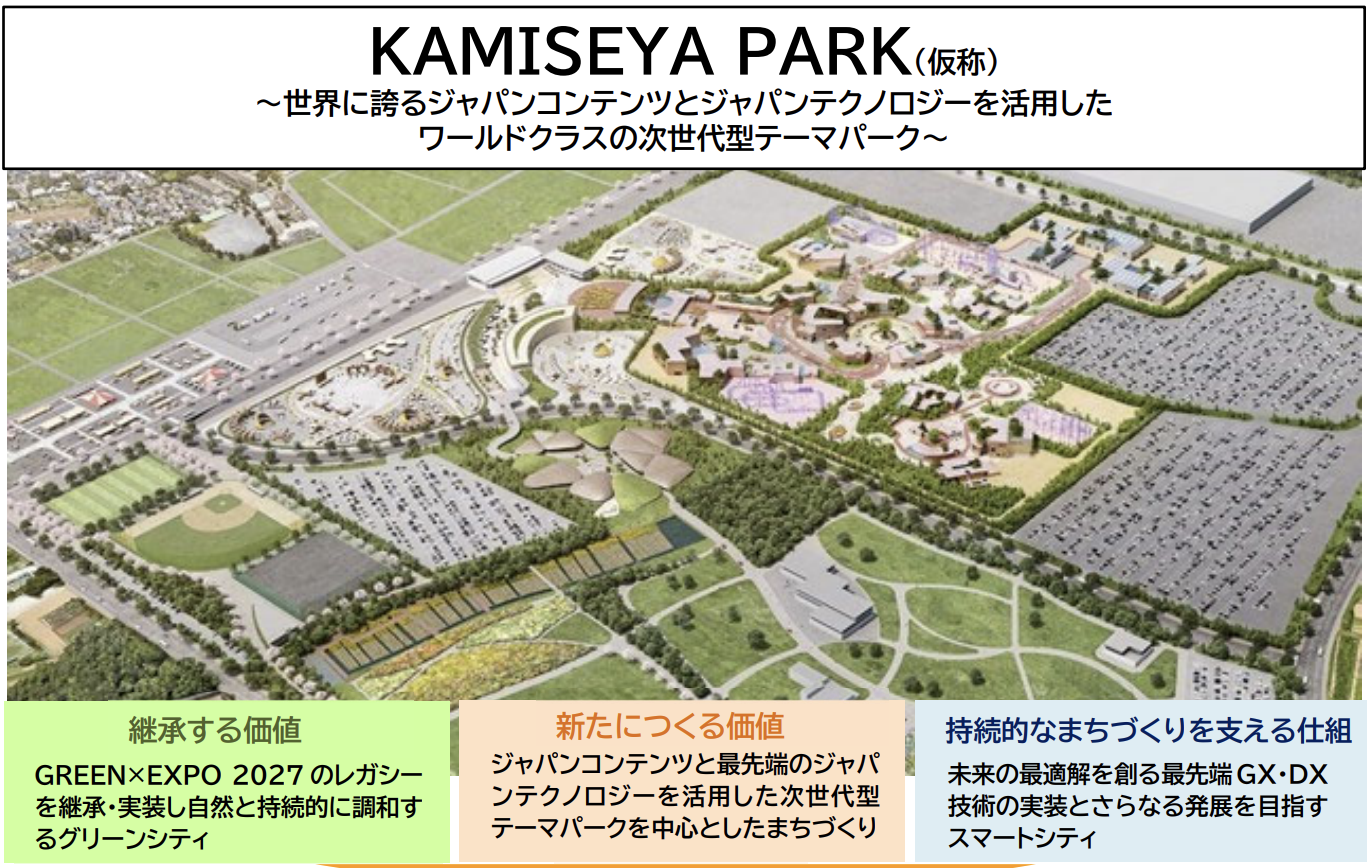In today's real estate industry, visual merchandising (VMD) is gaining attention as a method to maximize the appeal of properties and capture the hearts of prospective buyers.
As INA & Associates, we have been involved in the real estate business for many years. In that experience, we have witnessed many instances where the intrinsic value of a property remains the same, but the closing rate and sales price can change dramatically depending on how it is presented.
In our business, especially with ultra-high-net-worth individuals, clients demand more than just living space. This is where visual merchandising comes into play, as it maximizes a property's potential to embody a client's ideal lifestyle.
Visual merchandising is a marketing technique originally developed in the retail industry, but in recent years it has rapidly spread to the real estate industry in the form of "home staging. This article provides a detailed explanation of VMD from an expert's perspective, from its basic concepts to its specific applications in the real estate industry and its actual effects.
Basic Concepts of Visual Merchandising
Definition and Essence of VMD
Visual Merchandising (VMD) is one of the strategic activities conducted as part of marketing. According to the definition by the Visual Merchandising Association of Japan, VMD is "a system and method to provide an attractive and comfortable sales floor environment that is easy to see, easy to select, and easy to buy by integrating merchandising and visual representation of the commercial space from the customer's perspective in the store medium. The core of this definition is that it is not merely about decoration and merchandising.
At the core of this definition is a strategic approach from the customer's perspective, rather than mere decoration and display; VMD aims to visually communicate the value of products and services and promote customer purchasing behavior.
Development from the Retail Industry
The concept of VMD really took off in the U.S. retail industry in the 1970s. At that time, in an increasingly competitive retail market, product differentiation alone was no longer sufficient to secure a competitive advantage.
The focus then turned to the creation of added value through the presentation of products and store space. The key issue was how to attract customers' interest and arouse their desire to purchase products before they picked them up.
Evolution of VMD in the Modern Era
Today's VMD is positioned as a more comprehensive marketing strategy that goes beyond traditional in-store décor. With the development of digital technology, the use of VMD in an omni-channel environment that integrates online and offline is also attracting attention.
Of particular importance is the creation of "empathy" by stimulating the viewer and maximizing the value of the experience based on a deep analysis of consumer psychology and consumer trends. This will go beyond mere product sales to enhance brand value and establish loyalty.
Four Basic Elements of VMD
To realize effective VMD, the following four elements must be comprehensively considered.
| Element | Content | Effectiveness |
|---|---|---|
| Merchandise placement | Optimization of product arrangement and combination | Guiding customer flow and facilitating related purchases |
| Space layout | Composition of the entire sales floor and design of flow lines | Providing a comfortable buying environment and extending the time spent in the store |
| Display | Visual presentation and decoration | Attention-getting and brand image appealing |
| Lighting and decoration | Creating space with light and color | Creating atmosphere and enhancing product appeal |
These elements interrelate and function in an integrated manner to create a powerful visual impact on customers.
Use of Visual Merchandising in the Real Estate Industry
Relationship between Home Staging and VMD
The most typical example of VMD use in the real estate industry is home staging. Home staging is a property sales technique that aims to attract a large number of potential buyers by making the property look more attractive.
According to Home Staging Japan's definition, "Home staging is visual merchandising in real estate sales that highlights and optimizes a property's greatest advantages and features through interior coordination. This definition clearly demonstrates that the essence of VMD, "visual value creation," applies to the real estate industry as well.
The Importance of the "First Six Seconds
In real estate sales, what is especially important is the impression a potential buyer has when he or she first sees a property. It is well known that the "first six seconds," as they are called in the industry, can greatly influence subsequent purchasing behavior.
Prospective buyers have a very limited amount of time to view a single property. Strategic use of VMD is essential to convey the maximum appeal of the property in that short time and win the hearts and minds of prospective buyers.
With a vacant property, prospective buyers cannot fully appreciate the potential of the property. However, with proper home staging, a cold, inorganic space can be transformed into a warm and inviting "home.
Specific Methods of Real Estate VMD
The following are specific techniques for utilizing VMD in the real estate industry.
Space production based on target setting
Based on the property's location, price range, floor plan, etc., the expected buyer demographic is clearly defined, and the space is staged to suit their lifestyle. For example, if the property is for a family, we will create a living space that evokes an image of family gatherings, and if the property is for a single person, we will create a sophisticated and modern space.
Layout design with traffic flow in mind
We design a layout that allows prospective buyers to experience the appeal of each room in a natural flow, taking into consideration the flow of traffic as they move through the property. We place particular emphasis on the impression of the first space they see when they enter through the front door, and create a sense of anticipation.
Creating Atmosphere with Lighting and Color
While maximizing the use of natural light, we also use supplemental lighting to enhance the appeal of the space. In addition, color schemes based on color psychology are used to control the impression given to prospective buyers.
Integration with Digital Technology
In addition to traditional physical staging, modern real estate VMDs are also focusing on new approaches that utilize digital technology.
Utilization of 360° 3D-VR photography
The 360°3D-VR filming technology offered by Matterport and others is popularizing a service that allows visitors to experience home-staged properties in a virtual space. This has made it possible to effectively deliver the effects of VMDs to prospective buyers who are far away or have time constraints.
Online/Offline Collaboration
The concept of VMD is also applied to the introduction of properties on websites and social networking services to create visually appealing content that leads to actual viewings.
Comparison with conventional methods
| Item | Conventional Sales Method | VMD Application Method |
|---|---|---|
| Property Showing Method | Showing vacant rooms | Home staging |
| Prospective Buyer Reaction | Depends on imagination | Present specific lifestyle |
| Time to closing | Likely to be prolonged | Can expect to close in a short period of time |
| Selling price | Depends on market price | Possible to increase price by adding value |
| Differentiation | Location and price only | Differentiation by overall attractiveness |
As this comparison chart shows, VMD makes it possible to create added value that could not be realized in conventional real estate sales.
Specific Effects and Benefits of Introducing VMD
Significantly shortened sales period
One of the most noticeable effects of home staging using VMD is the shortening of the sale period. According to our data, properly staged properties achieve an average 30-50% time reduction compared to properties that are vacant.
Behind this effect is a change in the decision-making process of prospective buyers. Whereas in a vacant property, prospective buyers have to imagine living in the space on their own, in a staged property, they can make a quicker decision because they are already presented with an attractive lifestyle.
Improved Selling Price
The benefits of VMD are not only seen in shorter sale times, but also in higher sales prices. Properly staged properties can be expected to improve in price by 5-15% compared to vacant properties in the same condition.
The reason for this price improvement is not the increase in the value of the property itself, but the "added value" perceived by prospective buyers. A beautifully coordinated space clearly communicates to prospective buyers the value proposition of "this lifestyle for this price.
Increase in the number of prospective buyers and closing rate
Properties that utilize VMD can expect an increase in the number of viewing applications. In online property listings, staged photos are more likely to attract the attention of viewers, increasing the probability of an actual viewing.
Enhancing Brand Value and Differentiation
The use of VMDs not only helps sell individual properties, but also improves the brand value of the real estate company as a whole. By providing high quality VMD services, you can differentiate yourself from your competitors and gain the trust of your clients.
At INA & Associates, Inc., under our management policy that places "human resources" and "trust" at the core of management, we have earned the continued trust of our ultra-wealthy clients by improving the overall quality of our services, including VMD.
Adaptability to Market Environment
Another important effect of VMD is to improve adaptability to changes in the market environment. Even during periods of stagnation in the real estate market, VMD enables us to differentiate our properties from others and sell them at relatively favorable terms.
In addition, it can flexibly respond to changes in the needs and preferences of prospective buyers by adjusting staging details, thereby ensuring a long-term competitive advantage.
Key Points of Successful VMD Practice
Importance of precise target setting
The most important element of successful VMD is precise target setting. A comprehensive analysis of the property's location, price range, floor plan, and surrounding environment must be conducted to clearly define the most likely buyer demographic.
Demographic Analysis
In addition to basic attributes such as age, gender, occupation, annual income, and family structure, life stages and values are analyzed in detail. For example, we carefully examine the affinity between the property characteristics and the buying demographic, such as career-oriented singles and DINKS households for a high-rise condominium in the city center, and families raising children for a single-family home in the suburbs.
Psychographic Analysis
Psychographic characteristics such as prospective buyers' lifestyles, tastes, and values are also important factors. For example, we can create interiors using sustainable materials for the environmentally conscious, or sophisticated, gallery-like spaces for art lovers, in order to appeal to the internal characteristics of the target audience.
Basic Principles of Spatial Staging
To achieve effective VMD, it is important to adhere to the following basic principles
Conceptual design with a sense of unity
Establish a consistent concept throughout the entire property and direct each room to harmonize under that concept. For example, if the concept is "modern luxury," the furniture selection, color scheme, and décor in the living room, dining room, and all bedrooms should be consistent with that theme.
Balance between functionality and aesthetics
In addition to visual aesthetics, the presentation should also take into account functionality in real life. Prospective buyers are attracted to beautiful spaces, but at the same time, they envision actual living there. For this reason, we will try to produce a staging that also takes into consideration the flow of traffic, ample storage, and daily usability.
Reflecting a sense of seasonality and timelessness
Incorporating a sense of the seasonality of the time of the viewing period will give a more familiar and friendly impression to prospective buyers. In addition, by moderately incorporating current interior design trends, we can create an attractive space that is in tune with the times.
Effective Integration with Digital Technology
In modern VMD, it is important to effectively utilize digital technology in addition to traditional physical staging.
Utilization of Virtual Staging
When physical home staging is difficult or when multiple target groups need to be addressed, virtual staging technology can be utilized: by using CG to place virtual furniture and decorations in vacant rooms, a variety of staging patterns can be presented while keeping costs low.
Introduction of 360°VR technology
360°VR filming technology provided by Matterport and other companies will provide an environment that enables a more realistic experience of the staged space. This is especially effective for prospective buyers in distant locations and during the initial property selection stage.
Linkage with SNS
Utilizing SNS platforms such as Instagram, Facebook, and YouTube, the attractiveness of staged properties can be widely communicated. Video content, in particular, can effectively convey the appeal and atmosphere of a space that still images cannot.
Continuous Improvement and PDCA Cycle
Continuous improvement is essential to maximize the effectiveness of VMD.
Building a system for measuring effectiveness
In addition to quantitative indicators such as the number of applications for previews, closing rate, sales price, and duration of sale, qualitative information such as feedback from prospective buyers and behavioral observations during previews are collected to evaluate the effectiveness of VMD from multiple perspectives.
Continuous monitoring of market trends
We continuously monitor trends in the real estate market, changes in buyer needs, and competitor trends, and reflect them in our VMD strategy. In particular, we need to be sensitive to changes in social conditions, such as lifestyle changes due to the impact of the new coronavirus.
Cultivation of professional human resources
In order to continuously improve the effectiveness of VMD, it is important to develop human resources with specialized knowledge and skills. We consider "human resources" to be our most important asset, and are committed to improving overall service quality, including VMD, through continuous investment in education.
Risk Management and Precautions
The following risks and precautions should also be considered when practicing VMD.
Avoid excessive staging
Staging that is too extravagant or deviates from the actual value of the property may lead to a decrease in customer satisfaction due to a gap after purchase. It is important to present a realistic and feasible lifestyle while maximizing the property's inherent appeal.
Thorough cost control
While VMD is highly effective, excessive investment can worsen profitability. It is necessary to set appropriate investment levels based on the property's price range and market conditions, and constantly monitor cost-effectiveness.
Legal and Ethical Considerations
Legal considerations such as the safety of furnishings and decorations used in staging, copyrights, and portrait rights are also important. Care must also be taken to provide honest information to prospective buyers and avoid misleading them through excessive staging.
Conclusion
Visual merchandising (VMD) is a marketing technique that has developed in the retail industry, but now plays an important role in the real estate industry as "home staging.
As explained in this article, the essence of VMD is not mere decoration or staging, but a strategic approach from the customer's perspective. By visually maximizing the potential of a property and embodying the ideal lifestyle of a prospective buyer, it is possible to create added value that could not be realized in conventional real estate sales.
Key Benefits of VMD Utilization
By properly utilizing VMD, the following specific effects can be expected.
Shorter sales periods, higher sales prices, higher closing rates, and most importantly, a more attractive and compelling value proposition to prospective buyers.
The Future of VMD in the Real Estate Industry
The possibilities for VMDs are further expanding with the development of digital technology: new methods such as 360° VR technology, virtual staging, and social network marketing are making VMDs more effective and efficient than ever before.
In addition, VMDs are becoming even more important today, as the impact of the new coronavirus is changing people's perception of the value of their residences. With the spread of telecommuting, demands for functionality and comfort in living spaces are increasing, and VMDs must be used to meet these needs.
Contributing to Sustainable Growth
INA & Associates, Inc. places "human resources" and "trust" at the core of its management, and aims to build long-term relationships of trust with its clients by improving its overall service quality, including VMD.
We believe that VMD is not merely a sales promotion method, but an important means of providing our customers with a better living environment and helping them realize a rich lifestyle. From this perspective, we will continue to contribute to increasing the value of the real estate industry as a whole through the use of VMD.
Next Steps
For real estate operators considering the introduction of VMD, we recommend starting with a trial implementation at a small-scale property. The shortcut to success is to establish a system for measuring effectiveness and to expand the scope of VMD utilization in stages while repeating the PDCA cycle.
Another important factor is to develop human resources with expertise in VMD and to collaborate with reliable partner companies. If it is difficult to work alone, collaborating with specialized companies to achieve effective VMD is an effective option.
The use of VMD in the real estate industry is still a developing field. However, its effectiveness and potential have already been demonstrated in many cases, and further development is expected in the future. We hope that you will consider proactively utilizing VMD to provide better services to your clients and contribute to the development of the industry as a whole.
Frequently Asked Questions
Q1. What is the difference between visual merchandising and display?
While display is a technique that focuses on the decoration and display of products and spaces, visual merchandising is a more comprehensive marketing strategy; VMD considers the entire purchasing behavior of customers and strategically manages a series of processes from target setting to space design and effectiveness measurement. It is characterized by a holistic approach aimed at achieving business goals, rather than simply looking good.
Q2. Can a small real estate company implement the system?
Yes, even small real estate companies can reap the benefits of VMD through gradual implementation. We recommend starting with high-value properties or properties that are struggling to sell, and gradually expanding the scope of application as the effectiveness is confirmed. In addition, we can provide high-quality VMD services with a low initial investment by collaborating with a specialized vendor.
Q3: How can you combine digital technology with VMD?
There are multiple approaches to combining digital technology and VMDs: 360° VR photography can provide an online experience environment of a staged space. Virtual staging can present multiple staging patterns using computer graphics at low cost. It is also important to apply the VMD concept to create attractive visual content for introducing properties on social networking sites and websites.

Daisuke Inazawa
Representative Director of INA&Associates Inc. Based in Osaka, Tokyo, and Kanagawa, he is engaged in real estate sales, leasing, and management. He provides services based on his extensive experience in the real estate industry. Based on the philosophy that “human resources are a company's most important asset,” he places great importance on human resource development. He continues to take on the challenge of creating sustainable corporate value.

.png)

